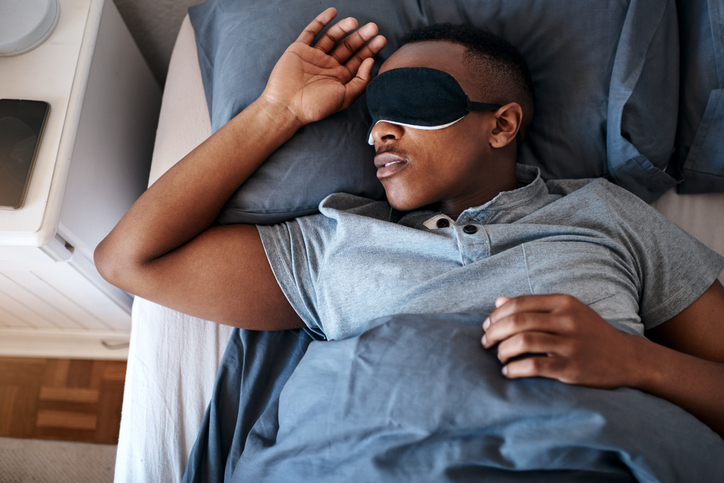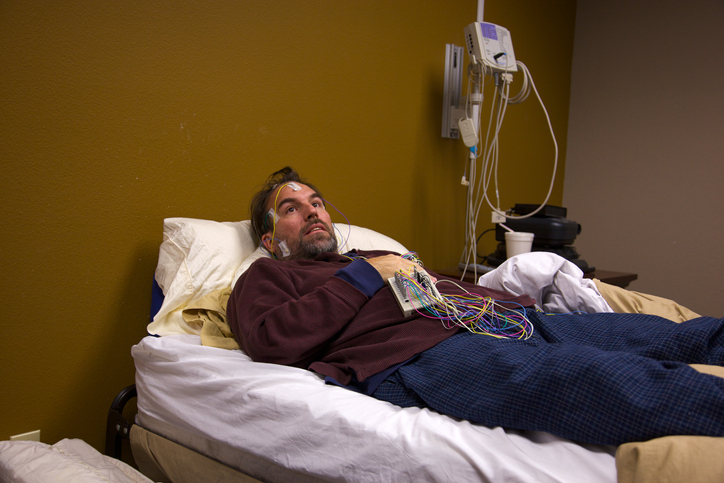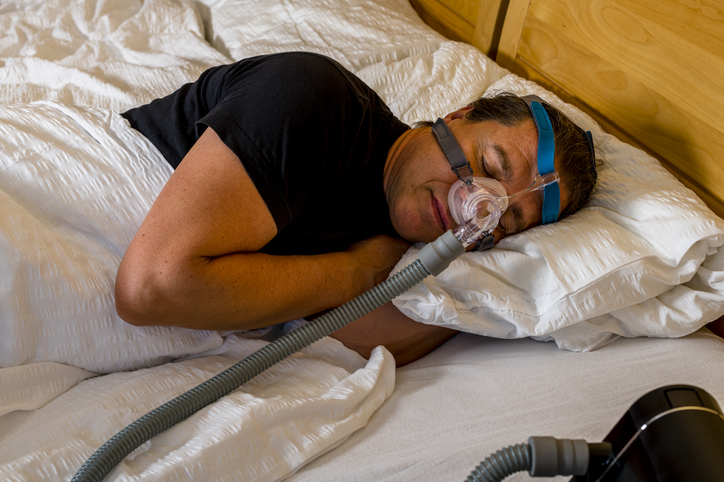Living with Chronic Pain
Sleep Disorders That Commonly Co-Occur With Chronic Pain

Living with chronic pain impacts almost every aspect of day-to-day life. Sleep is no exception. Approximately 70% of individuals with chronic pain conditions report sleep disturbances. The relationship between chronic pain and sleep is a reciprocal one — increased chronic pain levels cause sleep disruptions, and lack of quality sleep increases pain levels. Some individuals with chronic pain even develop sleep disorders, such as insomnia, sleep apnea, or restless legs syndrome, related to their pain.
Insomnia
Insomnia is one of the most common sleep disorders associated with chronic pain. This may be unsurprising: it makes sense that pain can cause difficulty with falling asleep and staying asleep. Individuals with chronic pain typically have a longer sleep onset, less total sleep duration, more frequent awakenings, and poorer sleep quality compared to those without chronic pain. Lack of quality sleep not only increases pain levels, it can also cause anxiety, depression, and difficulty with concentration.
Sleep apnea
Individuals with chronic pain are at higher risk for sleep apnea, which is a sleep disorder in which breathing stops for brief periods (typically around 10 seconds) while sleeping. Opioids, a common treatment for chronic pain, can affect the central respiratory drive and impair upper airway function, which can cause sleep apnea. However, individuals with chronic pain have a high risk of sleep apnea regardless of opioid use.
Restless legs syndrome
Current research shows a relationship between restless legs syndrome (RLS) and chronic pain conditions, such as migraine and fibromyalgia. RLS is a neurological disorder characterized by uncomfortable sensations in the legs, causing an irresistible urge to move them. RLS can also exacerbate nighttime wakefulness, which in turn can increase chronic pain levels.
Additional sources: Sleep Foundation, Frontiers in Psychiatry, BMC Musculoskeletal Disorders, and HealthCentral


















